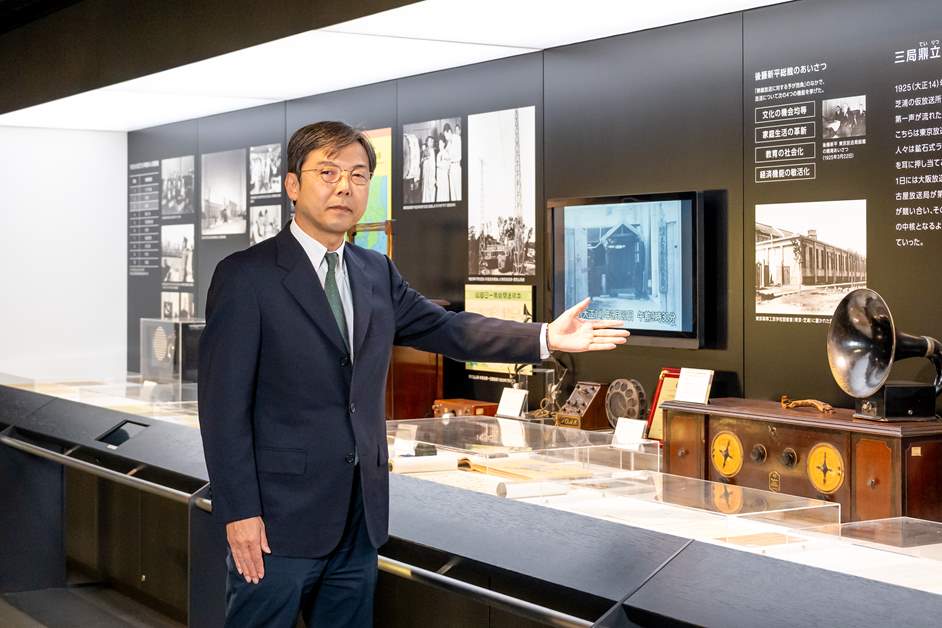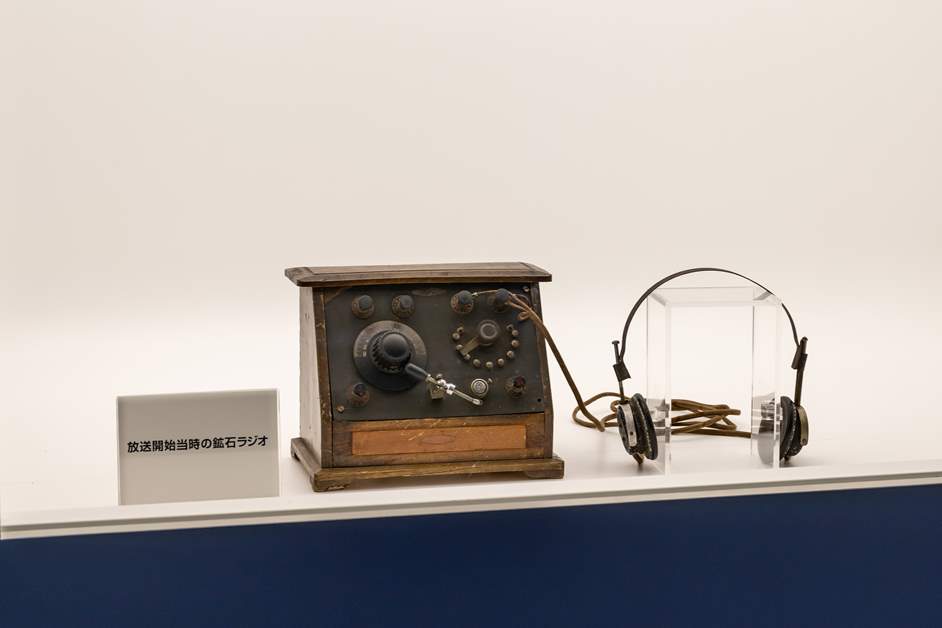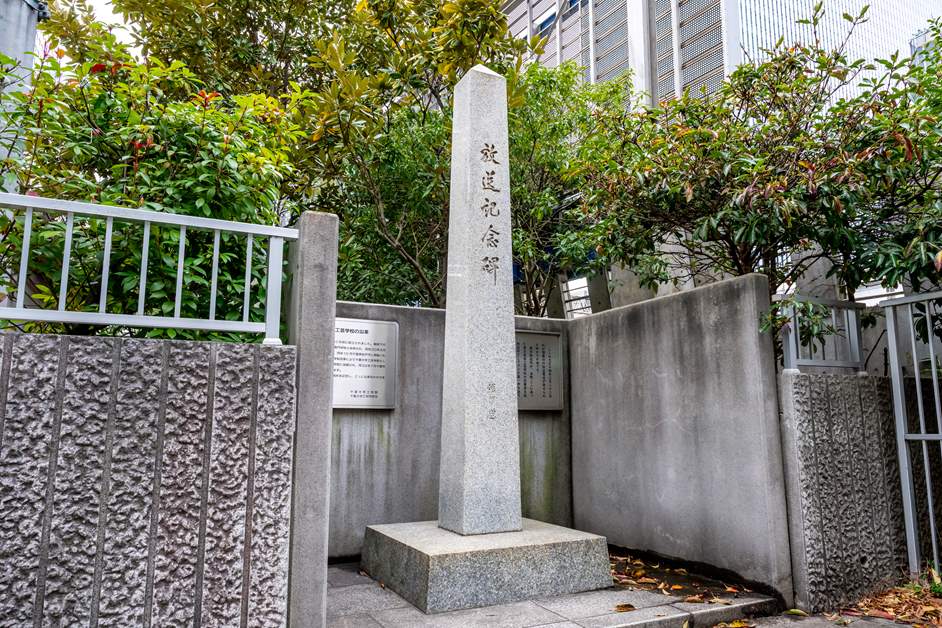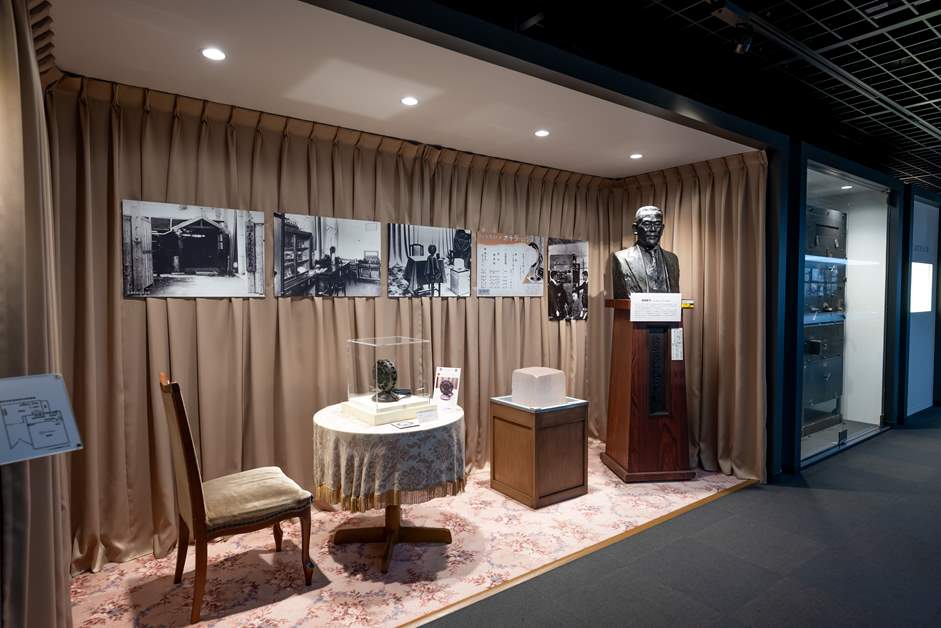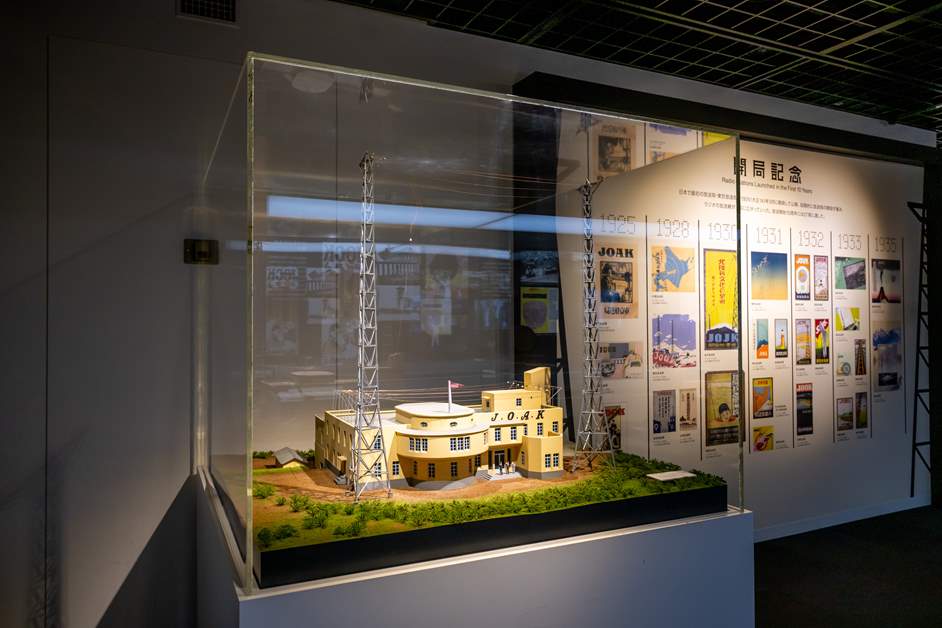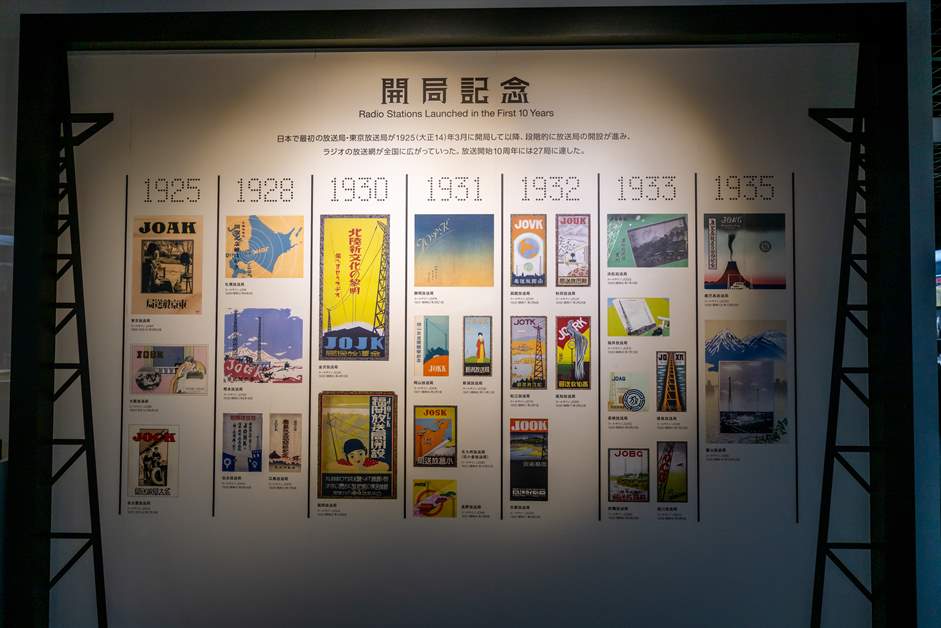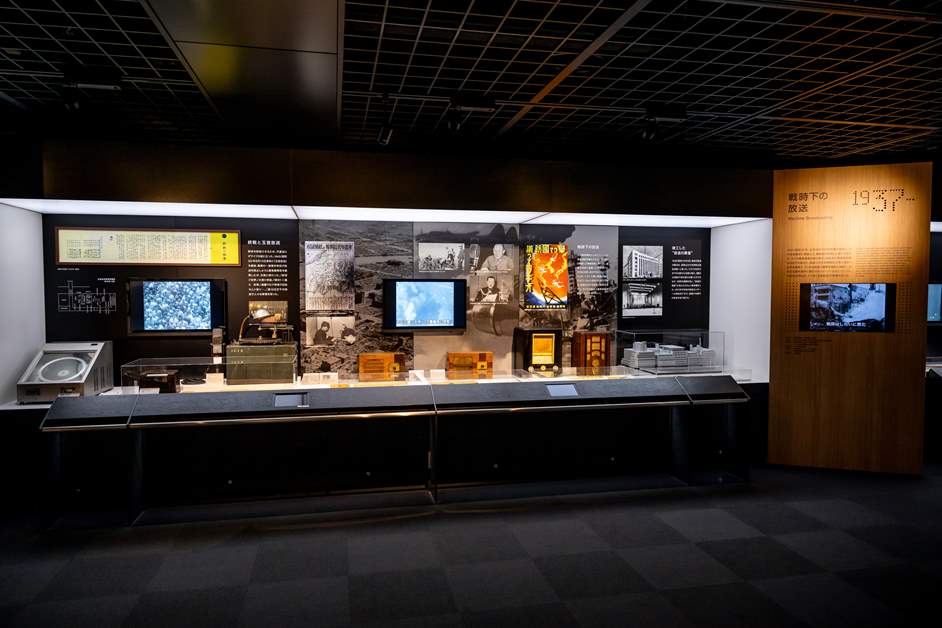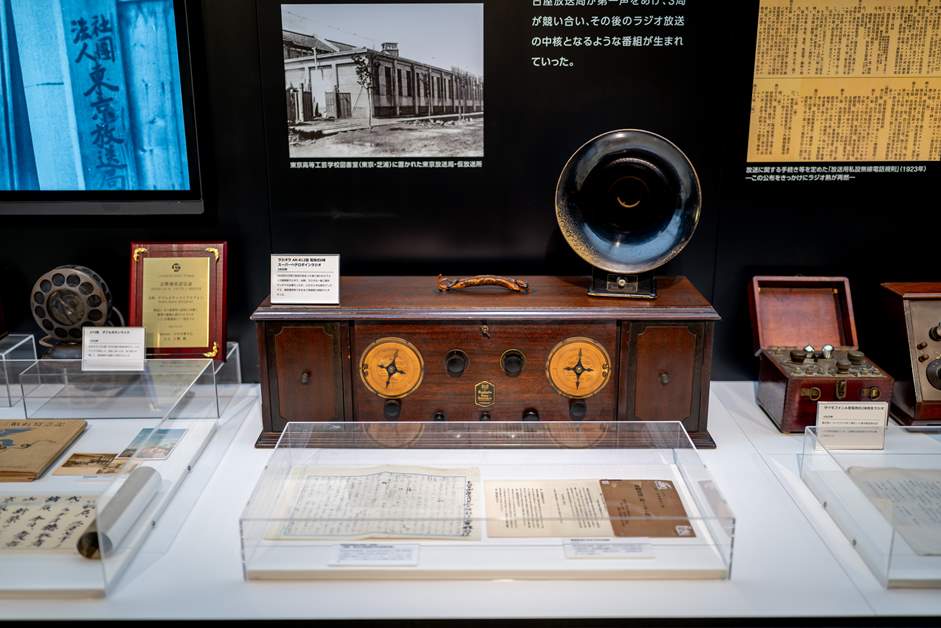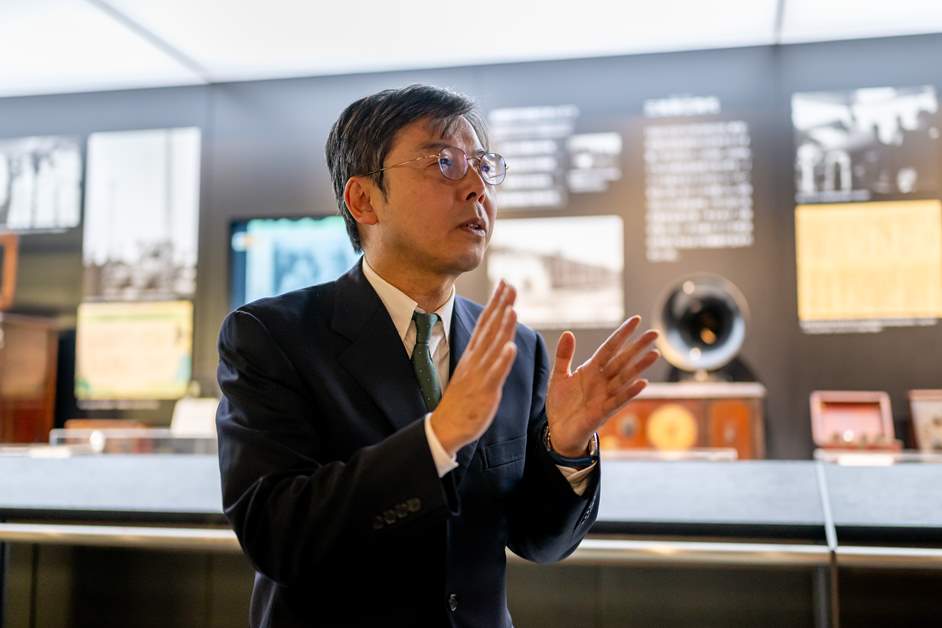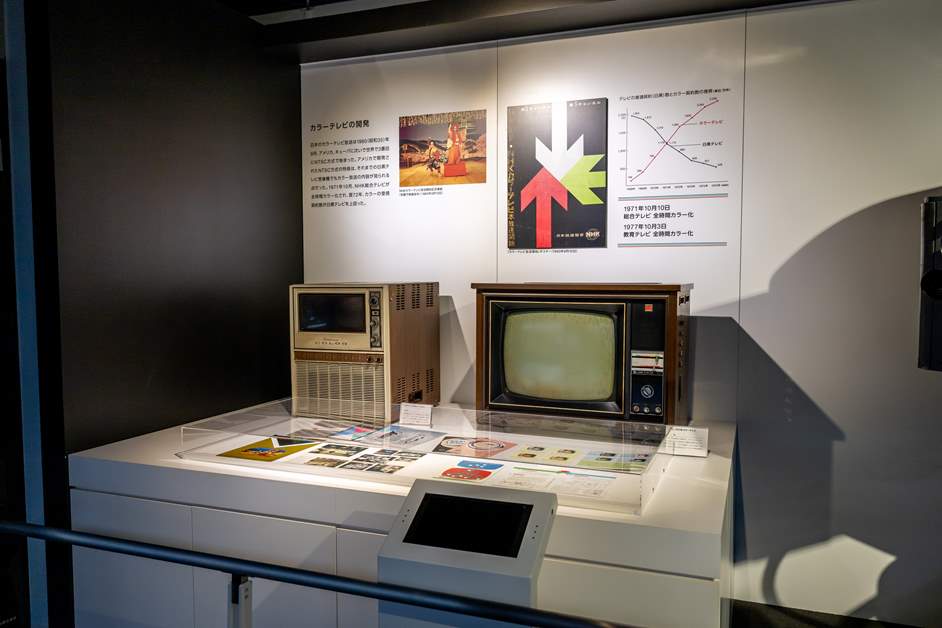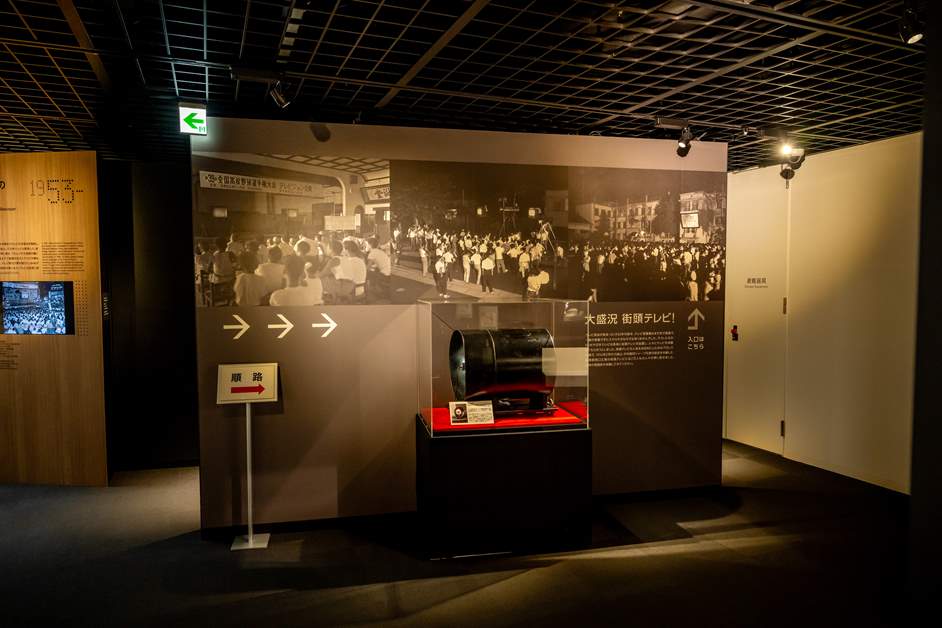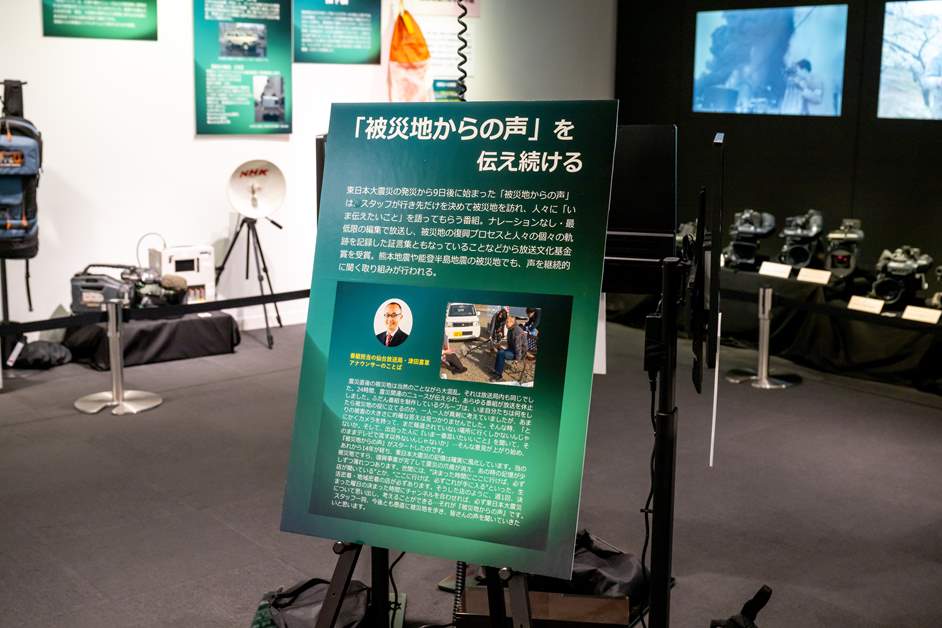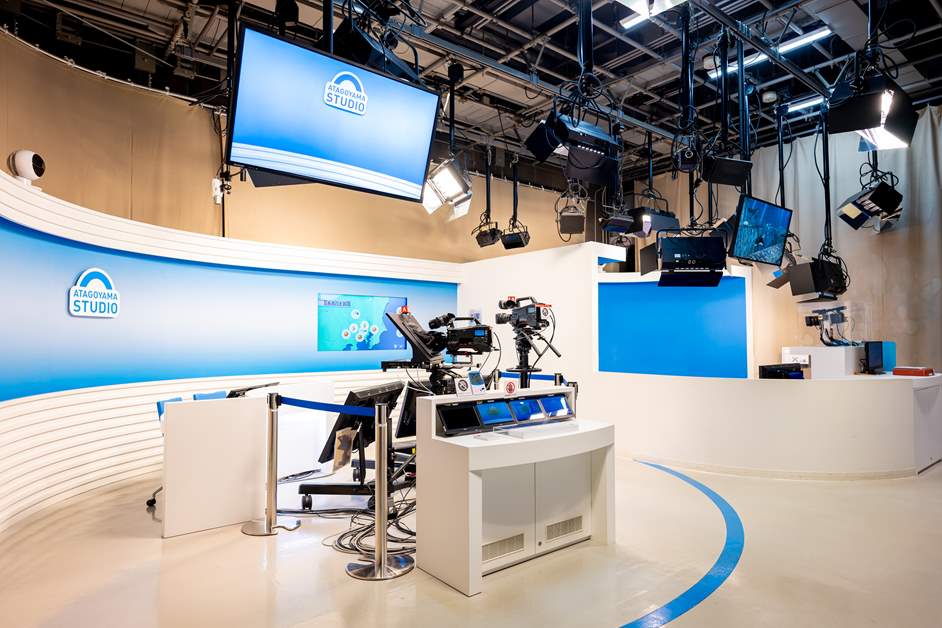Tracing 100 Years of Broadcasting at the NHK Museum of Broadcasting
In 2025, Japan celebrates a century of broadcasting. From the early days of radio to the rise of television, satellite broadcasting, and now internet streaming, the media landscape has continuously evolved—shaping and reflecting daily life along the way. One place where you can explore this rich history and get a glimpse of what lies ahead is the NHK Museum of Broadcasting in Atago, Minato City. Inside, you’ll find rare broadcasting equipment, original program archives, and interactive exhibits that let you experience how broadcasting technology has developed over the years. In this article, we speak with Museum Director Masashi Yamamoto to uncover how broadcasting in Japan began, where it’s headed, and the important role the museum plays in preserving this legacy.
Did Japan’s First Radio Broadcast Really Come from a School Library?
—It’s said that radio broadcasting in Japan began in 1925. How did it come about?
Radio broadcasting started in the U.S. in 1920, and not long after, Japan began considering launching its own broadcasts. Then, in 1923, the Great Kanto Earthquake struck. The need for fast and reliable information became clear, and about a year and a half later, on March 22, 1925, Japan’s first radio broadcast went on the air.
Radio broadcasting started in the U.S. in 1920, and not long after, Japan began considering launching its own broadcasts. Then, in 1923, the Great Kanto Earthquake struck. The need for fast and reliable information became clear, and about a year and a half later, on March 22, 1925, Japan’s first radio broadcast went on the air.
—What was that first broadcast like?
The Tokyo Broadcasting Station, which later became NHK, borrowed the library of the Tokyo Higher School of Arts and Technology in Shibaura, Tokyo, to conduct the broadcast. March 22 is now remembered as Broadcasting Day. The very first words were the station’s call sign: ‘JOAK, JOAK, this is the Tokyo Broadcasting Station.’ Today, a monument stands near the site in Shibaura where that historic broadcast took place.
The Tokyo Broadcasting Station, which later became NHK, borrowed the library of the Tokyo Higher School of Arts and Technology in Shibaura, Tokyo, to conduct the broadcast. March 22 is now remembered as Broadcasting Day. The very first words were the station’s call sign: ‘JOAK, JOAK, this is the Tokyo Broadcasting Station.’ Today, a monument stands near the site in Shibaura where that historic broadcast took place.
—So it really started in a school library?
That’s right. They brought in a table and chairs to turn the library into a makeshift studio. To avoid any background noise, they kept all the windows tightly shut. But the broadcasting equipment generated a lot of heat, and since there was no air conditioning back then, they cooled the room with large blocks of ice. The microphone used at the time looked very different from today’s—it was a disc-shaped 'double-button' mic.
That’s right. They brought in a table and chairs to turn the library into a makeshift studio. To avoid any background noise, they kept all the windows tightly shut. But the broadcasting equipment generated a lot of heat, and since there was no air conditioning back then, they cooled the room with large blocks of ice. The microphone used at the time looked very different from today’s—it was a disc-shaped 'double-button' mic.
How Did Broadcasting Begin on Mt. Atago?
On July 12, 1925, a proper broadcasting station was completed at the top of Mt. Atago—right where the NHK Museum of Broadcasting now stands. Radio signals were transmitted from there, and until 1939, when operations moved to the Broadcasting Hall in Uchisaiwaicho, Tokyo’s radio programs were all aired from Mt. Atago. That’s why we consider it the birthplace of broadcasting in Japan.
On July 12, 1925, a proper broadcasting station was completed at the top of Mt. Atago—right where the NHK Museum of Broadcasting now stands. Radio signals were transmitted from there, and until 1939, when operations moved to the Broadcasting Hall in Uchisaiwaicho, Tokyo’s radio programs were all aired from Mt. Atago. That’s why we consider it the birthplace of broadcasting in Japan.
A Turning Point: National Broadcasting and the February 26 Incident
—There’s a scale model of the Tokyo Broadcasting Station at the NHK Museum of Broadcasting. What was happening outside Tokyo at the time?
“Later in 1925, radio broadcasting also began in Osaka and Nagoya. By 1928—just three years after Japan’s first broadcast—radio stations had launched in Sapporo, Sendai, Hiroshima, and Kumamoto. A nationwide network was quickly taking shape, stretching from Hokkaido to Kyushu.
“Later in 1925, radio broadcasting also began in Osaka and Nagoya. By 1928—just three years after Japan’s first broadcast—radio stations had launched in Sapporo, Sendai, Hiroshima, and Kumamoto. A nationwide network was quickly taking shape, stretching from Hokkaido to Kyushu.
—It’s amazing that radio spread across the country in just three years.
Within ten years of the first broadcast, Japan had 27 radio stations. I’d say the start of nationwide broadcasting was a major milestone in the history of Japanese media. Much like today’s radio, programming included music, comedy, and even stock market updates. Delivering timely economic information to people across Japan proved to be a huge asset for business.
Within ten years of the first broadcast, Japan had 27 radio stations. I’d say the start of nationwide broadcasting was a major milestone in the history of Japanese media. Much like today’s radio, programming included music, comedy, and even stock market updates. Delivering timely economic information to people across Japan proved to be a huge asset for business.
—With nationwide broadcasting, radio’s influence must have grown quickly.
One symbolic example is the February 26 Incident in 1936. Around 1,500 young military officers, non-commissioned officers, and soldiers launched an attempted coup, attacking government leaders and occupying areas like Nagatacho and Kasumigaseki. That day, a message urging the troops to surrender—known as ‘To the Soldiers’—was broadcast by radio. The situation was resolved within a single day, and the broadcast left a strong impression on both the military and the general public. The original script of ‘To the Soldiers’ is on display at our museum. As Japan moved further into wartime, radio became increasingly widespread.
One symbolic example is the February 26 Incident in 1936. Around 1,500 young military officers, non-commissioned officers, and soldiers launched an attempted coup, attacking government leaders and occupying areas like Nagatacho and Kasumigaseki. That day, a message urging the troops to surrender—known as ‘To the Soldiers’—was broadcast by radio. The situation was resolved within a single day, and the broadcast left a strong impression on both the military and the general public. The original script of ‘To the Soldiers’ is on display at our museum. As Japan moved further into wartime, radio became increasingly widespread.
—So it became more of a necessity.
In the early days, radios were extremely expensive—some cost as much as an entire house. But as war loomed and people’s family members were sent off to battle, staying informed about the war became essential. Gradually, more affordable radios entered the market, and radio became a vital part of daily life for the average person.
In the early days, radios were extremely expensive—some cost as much as an entire house. But as war loomed and people’s family members were sent off to battle, staying informed about the war became essential. Gradually, more affordable radios entered the market, and radio became a vital part of daily life for the average person.
—When did you first start listening to the radio?
I was in fifth grade. I had a short hospital stay and brought a cassette player with me. I quickly got tired of the music tapes I’d brought, so I started listening to the radio all the time. Back then, it was trendy for junior high and high school students to send postcards to radio programs. The banter between hosts and listeners was fun, and I especially enjoyed the short radio dramas—about ten minutes each. I was totally hooked.
I was in fifth grade. I had a short hospital stay and brought a cassette player with me. I quickly got tired of the music tapes I’d brought, so I started listening to the radio all the time. Back then, it was trendy for junior high and high school students to send postcards to radio programs. The banter between hosts and listeners was fun, and I especially enjoyed the short radio dramas—about ten minutes each. I was totally hooked.
—It feels like radio is making a bit of a comeback lately.
Radio still has a uniquely close connection between hosts and listeners, and I think that’s part of its charm. On the other hand, television adds visuals to sound, which allows it to deliver even more information.
Radio still has a uniquely close connection between hosts and listeners, and I think that’s part of its charm. On the other hand, television adds visuals to sound, which allows it to deliver even more information.
The Role of Television and the Evolution of Technology
—The start of TV broadcasting must have been another major turning point.
Experiments with television began before World War II, but NHK launched its regular programming in 1953. Until then, all information had been audio-only. Thanks to advancements in television, people could now see the news and stories unfold on screen. TVs were still expensive, though, so many people gathered at public TV viewing spots to watch.
Experiments with television began before World War II, but NHK launched its regular programming in 1953. Until then, all information had been audio-only. Thanks to advancements in television, people could now see the news and stories unfold on screen. TVs were still expensive, though, so many people gathered at public TV viewing spots to watch.
—The museum’s TV-related exhibits are also impressive.
One of the more interesting displays is a recreation of the first successful experiment projecting the Japanese character ‘イ’ onto a cathode-ray tube. Research into TV technology actually began very early—this particular experiment took place in 1926, just a year after radio broadcasting began.
One of the more interesting displays is a recreation of the first successful experiment projecting the Japanese character ‘イ’ onto a cathode-ray tube. Research into TV technology actually began very early—this particular experiment took place in 1926, just a year after radio broadcasting began.
—So visitors can really feel how broadcast technology has evolved.
While the content of radio and TV programming has changed over time, what’s made it all possible is a century of technological innovation. The NHK Museum of Broadcasting was founded in 1956 as the world’s first museum dedicated to broadcasting. From our home on Mt. Atago—the birthplace of broadcasting in Japan—we’re proud to share the history of both broadcast content and the technologies that support it.
While the content of radio and TV programming has changed over time, what’s made it all possible is a century of technological innovation. The NHK Museum of Broadcasting was founded in 1956 as the world’s first museum dedicated to broadcasting. From our home on Mt. Atago—the birthplace of broadcasting in Japan—we’re proud to share the history of both broadcast content and the technologies that support it.
A Museum Dedicated to the Past and Present of Broadcasting
—Can you tell us a bit about the museum layout?
The first floor houses the reception area and some exhibits, while the second and third floors are dedicated to displays and interactive experiences. The fourth floor has a library and archive. On the third floor, the permanent exhibit takes visitors on a journey through ‘100 Years of Broadcasting.’ This spring (2025), we’re focusing especially on broadcasting’s role during disasters in a section called ‘The Wisdom and Technology Behind Trusted Information.’ It explores how broadcasting tools and techniques have evolved to support emergency coverage. For example, we have a display of 20 cameras—from early film models to modern gear—used in disaster reporting. There’s also a rare item called a “drop bag,” used to deliver footage by helicopter directly to the studio, which most people wouldn’t encounter in everyday life.
The first floor houses the reception area and some exhibits, while the second and third floors are dedicated to displays and interactive experiences. The fourth floor has a library and archive. On the third floor, the permanent exhibit takes visitors on a journey through ‘100 Years of Broadcasting.’ This spring (2025), we’re focusing especially on broadcasting’s role during disasters in a section called ‘The Wisdom and Technology Behind Trusted Information.’ It explores how broadcasting tools and techniques have evolved to support emergency coverage. For example, we have a display of 20 cameras—from early film models to modern gear—used in disaster reporting. There’s also a rare item called a “drop bag,” used to deliver footage by helicopter directly to the studio, which most people wouldn’t encounter in everyday life.
—Those sound like some rare and valuable items.
We also highlight programs like ‘Voices from the Disaster Areas,’ which features first-hand stories from those affected by natural disasters, and exhibits about how NHK handles misinformation during events like the 2024 Noto Earthquake. These stories are shared through video and panel displays.
We also highlight programs like ‘Voices from the Disaster Areas,’ which features first-hand stories from those affected by natural disasters, and exhibits about how NHK handles misinformation during events like the 2024 Noto Earthquake. These stories are shared through video and panel displays.
—What can visitors expect on the second floor?
The second floor is divided into four themed sections: dramas, the Olympics, music, and children’s programming. The kids’ area is especially popular with families, featuring beloved characters from children’s shows.
The second floor is divided into four themed sections: dramas, the Olympics, music, and children’s programming. The kids’ area is especially popular with families, featuring beloved characters from children’s shows.
—Sounds like it’s fun for adults too.
Also on the second floor is a special hands-on TV studio where visitors can step into the shoes of a news anchor—reading news in front of the camera—or try their hand as a weather presenter by interacting with a real weather graphics screen. It’s a one-of-a-kind experience that you’ll only find at the NHK Museum of Broadcasting.” “There’s also the Atago 8K Theater on the second floor, where you can experience the stunning clarity of 8K Super Hi-Vision. With everything the museum has to offer, I think visitors could easily spend the whole day here.
Also on the second floor is a special hands-on TV studio where visitors can step into the shoes of a news anchor—reading news in front of the camera—or try their hand as a weather presenter by interacting with a real weather graphics screen. It’s a one-of-a-kind experience that you’ll only find at the NHK Museum of Broadcasting.” “There’s also the Atago 8K Theater on the second floor, where you can experience the stunning clarity of 8K Super Hi-Vision. With everything the museum has to offer, I think visitors could easily spend the whole day here.
—Thank you so much. To wrap up, do you have a message for our readers?
**If we think of society as a living body, then I believe broadcasting is like its bloodstream. Information flows through the country—just like blood—and in doing so, it helps keep society ‘healthy.’ Behind every broadcast are teams of professionals constantly researching new technologies and working to deliver better content. Broadcasting is a medium powered by both people and innovation, and it plays a vital role in supporting society. That’s the message we hope to continue sharing here at the NHK Museum of Broadcasting.**
**If we think of society as a living body, then I believe broadcasting is like its bloodstream. Information flows through the country—just like blood—and in doing so, it helps keep society ‘healthy.’ Behind every broadcast are teams of professionals constantly researching new technologies and working to deliver better content. Broadcasting is a medium powered by both people and innovation, and it plays a vital role in supporting society. That’s the message we hope to continue sharing here at the NHK Museum of Broadcasting.**
—NHK Museum of Broadcasting
https://www.nhk.or.jp/museum/
https://www.nhk.or.jp/museum/




